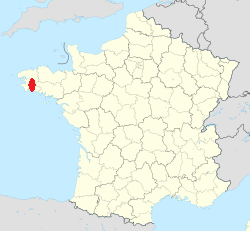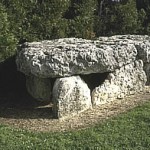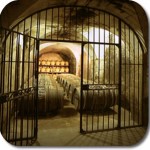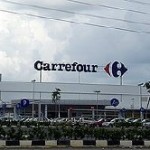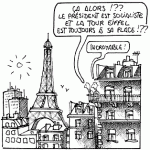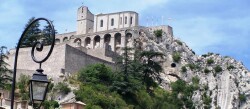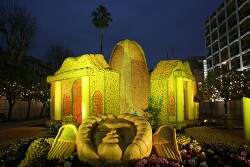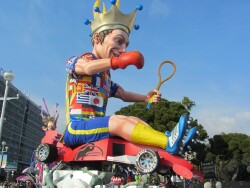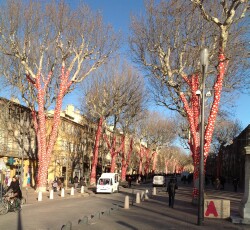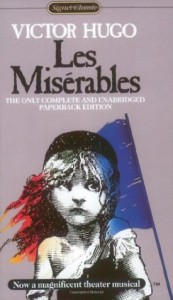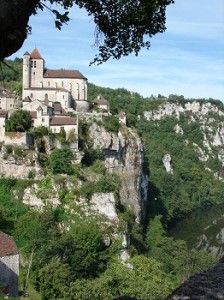Located 302 miles slightly south, and due west of Paris, the town of Quimper is in Northwestern Bretagne, or the Lower Brittany region of France. In Breton (the regional dialect of Brittany), the town name derives from the word “Kemper”, which denotes “confluent,” indicating Quimper’s location at the juncture of the Jet, Odet, and Steir rivers. The ancient capital of La Cornouaille, it is the oldest town in Brittany, 2000 years old, richly steeped in Gallo-Roman history.
Beautiful Quimper is comprised of three smaller, ancient towns: the original site, the Bishop’s town, and the Ducal town.
The original Gallo-Roman settlement is Locmaria, which also boasts the 12th century Église de Locmaria (the Church), in Romanesque style architecture. It also has a medieval garden and priory.
The Bishop’s town showcases the astonishing Palais des Évêques, or Bishops’ Palace, Le Musée Départemental Breton for the history buff, and the ruins of the town walls, since the 15th century. There are also gorgeous displays of timbered houses, representing the Breton architecture throughout the area. The streets are named after the famed ancient trades, which brings history to life!
Lastly, the Ducal town presents the charming L’Église St.Mathieu, with its wonderful stained-glass windows. It is open to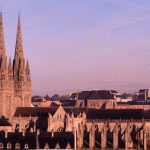 the public, and well worth the visit. Don’t miss the beautiful houses of Place Terre au Duc.
the public, and well worth the visit. Don’t miss the beautiful houses of Place Terre au Duc.
La Cathédrale de St. Corentin, a gothic architectural wonder, is a church that has been erected since 1239. In 1850, the cathedral was restored by the native-born Quimper architect Joseph Biogt, due to its damage sustained from the French Revolution. The restored stained-glass windows truly reflect the spirit of the 15th century.
Rich in tradition and proud of their culture, the Bretons celebrate with a Festival each year: parades, traditional costumes, bagpipes, flutes and drums, they march proudly throughout the city and have various contests and entertainment.. In 2013, the celebration of 90 years of culture will be celebrated from July 23-28, 2013. Have a peek at a short video from last year’s festival: click here.
Access is by high-speed train from Paris, about 4-1/2 hrs, or by car. Degemer mat…Breton for “Welcome!”
Continue reading about Quimper here!
